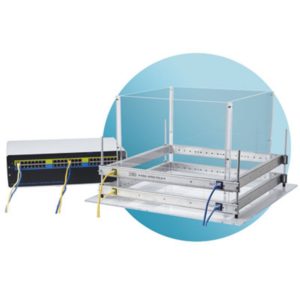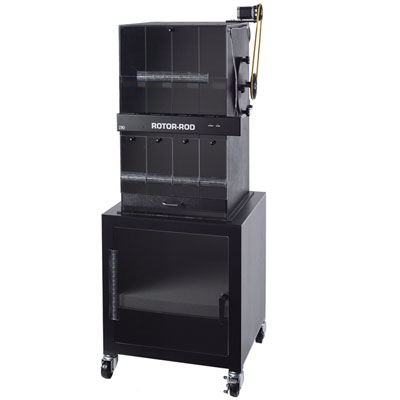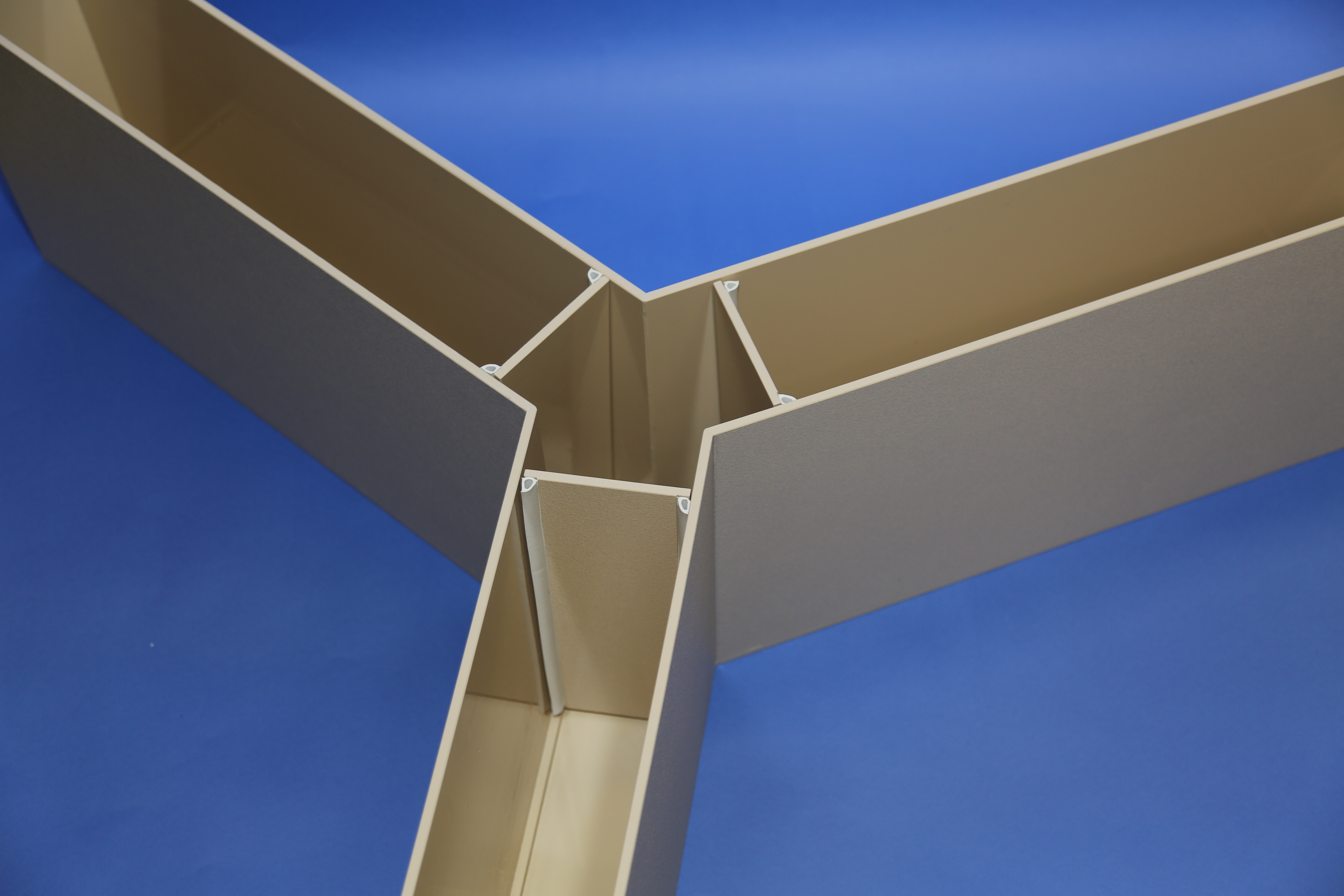Behavioral neuroscience research is the study of the brain, its functions, and how the nervous system guides behavior. Neuroscience is often considered to be separate from the body, however, the two are closely linked and behavioral neuroscience research aims to bridge that gap. This article will outline fields of behavioral neuroscience research, allowing for a greater understanding of the field.
Methods of Behavioral Neuroscience
Researchers in the field of behavioral neuroscience examine how the nervous system informs behavior and how the range of functional areas and networks inside the brain correspond to certain behaviors.
Behavior neuroscience researchers use a range of experimental techniques from animal testing to human subject experiments. Some of the tests used for behavioral neuroscience research will be detailed here:
Anxiety Tests for Behavioral Neuroscience Research
Anxiety tests include methods such as the elevated zero maze, the open field maze, the elevated plus-maze, and the light/dark box.
The elevated plus-maze is an extremely popular means of measuring rodent anxiety. It consists of a raised maze with four arms in a cross shape. Two of the arms are open and two are closed, and the test considers how much time the animals spend in the elevated and opened areas which they are less likely to visit for fear of falling despite enjoying exploring new areas.
The open-field test is extremely popular and involves the rodent being placed in an enclosure and left to roam freely. The time it spends immobile indicates high levels of stress.

Motor Tests for Behavioral Neuroscience Research
Issues in the brain caused by strokes and brain injuries can impact motor skills. One way of researching these motor skills is by using an animal grip strength system. This test pertains to the study of neuromuscular functions by quantifying the highest force exhibited by the animal.
The Rotor Rod is also used in motor tests for behavioral neuroscience research. It allows the study of motor coordination by exploiting the natural fear of falling and help test motor coordination.

Memory Tests for Behavioral Neuroscience Research
One way of measuring memory in rodents is the Y-maze. This maze closes one of the arms during the first five minutes of rodent exploration. Rodents have an innate curiosity to explore unvisited areas and will remember which arms they have previously visited and show less of a tendency to visit those arms. [1]

Behavioral Neuroscience Research with San Diego Instruments
San Diego Instruments have been serving the scientific community for many years, due to their high levels of expertise in behavioral neuroscience research. SDI designs, manufactures, and distributes research aids for memory tests, motor skills testing anxiety testing, and much more.
[1] Kraeuter AK, Guest PC, Sarnyai Z. The Y-Maze for Assessment of Spatial Working and Reference Memory in Mice. Methods Mol Biol. 2019;1916:105-111. doi: 10.1007/978-1-4939-8994-2_10. PMID: 30535688.